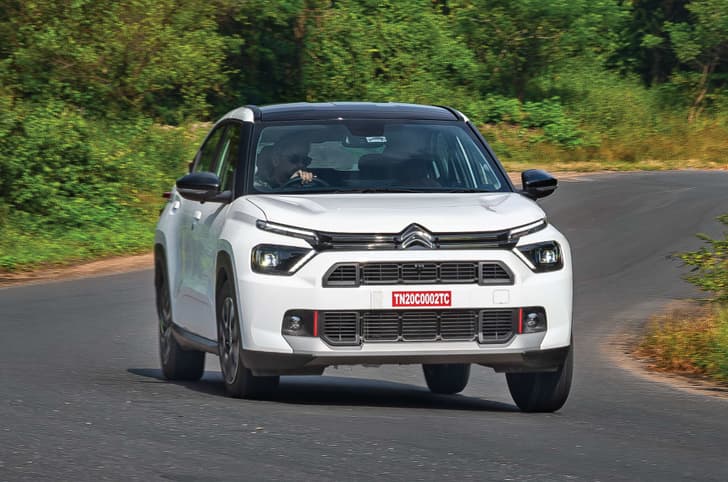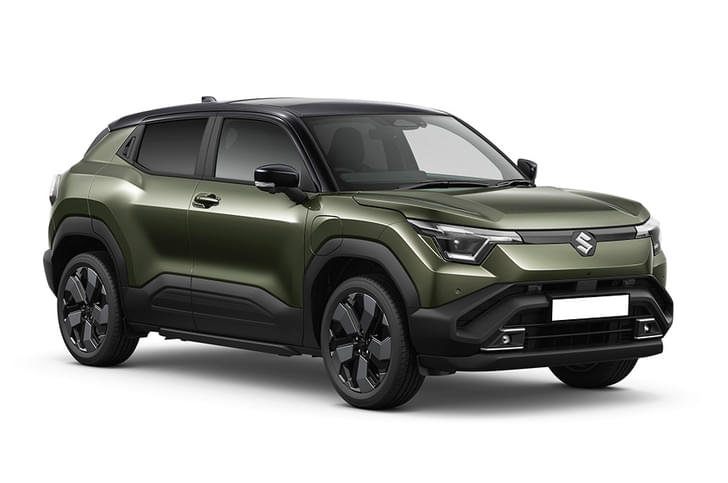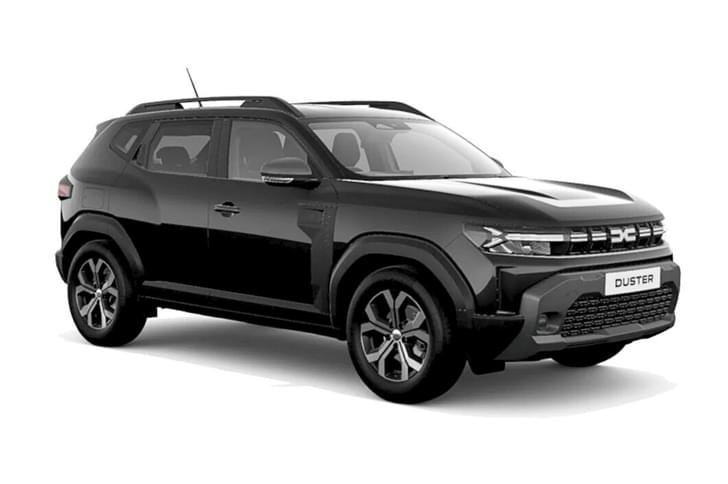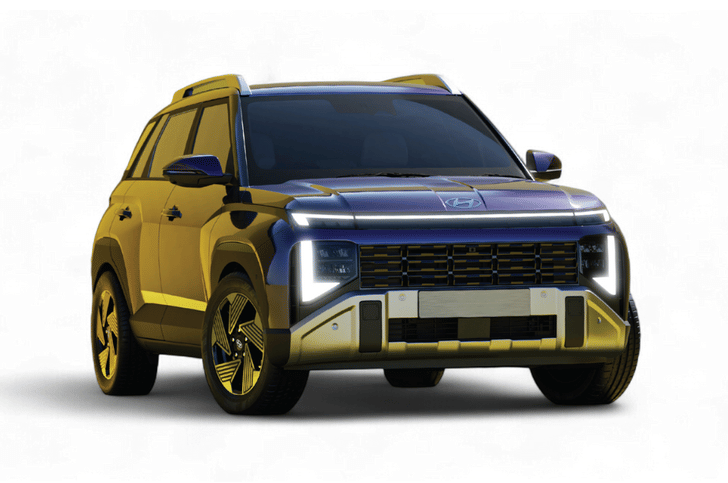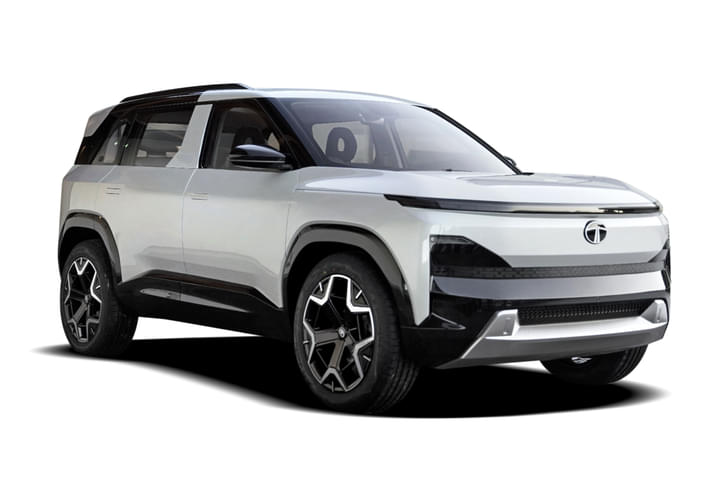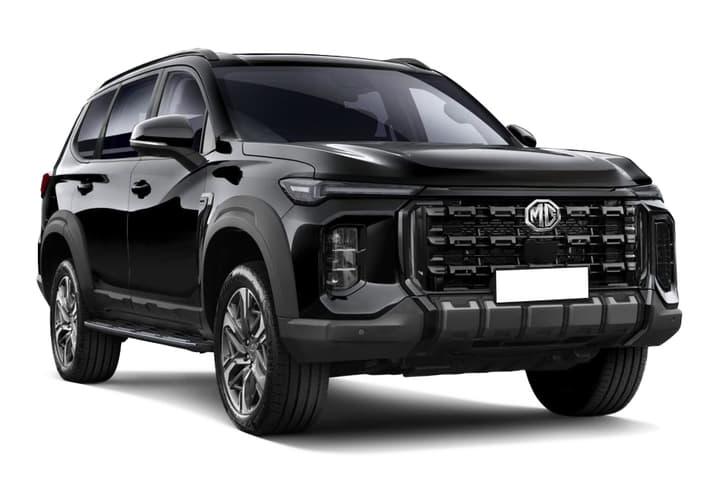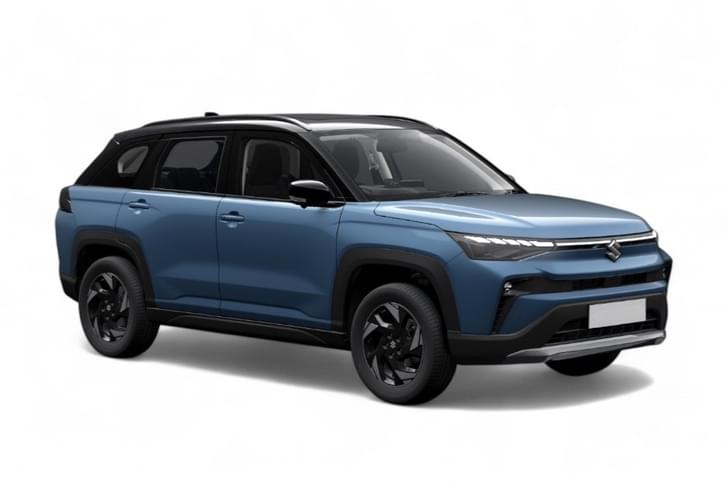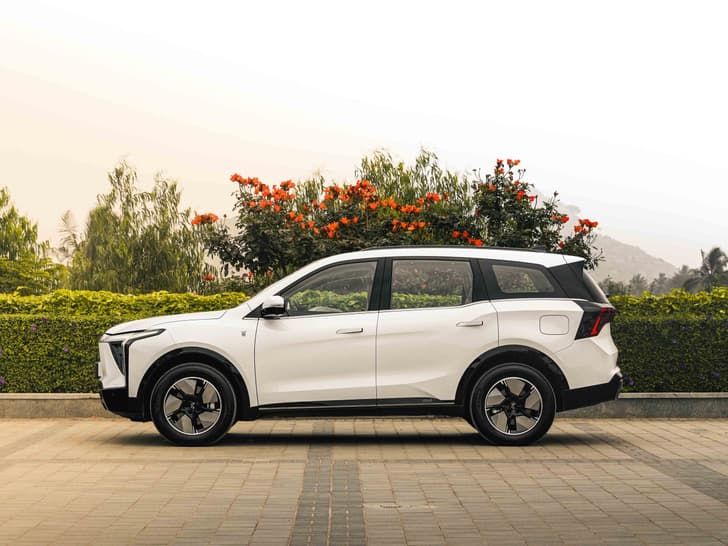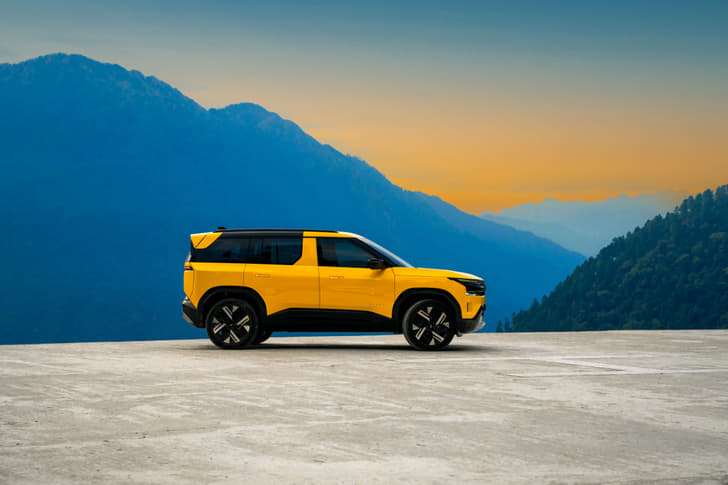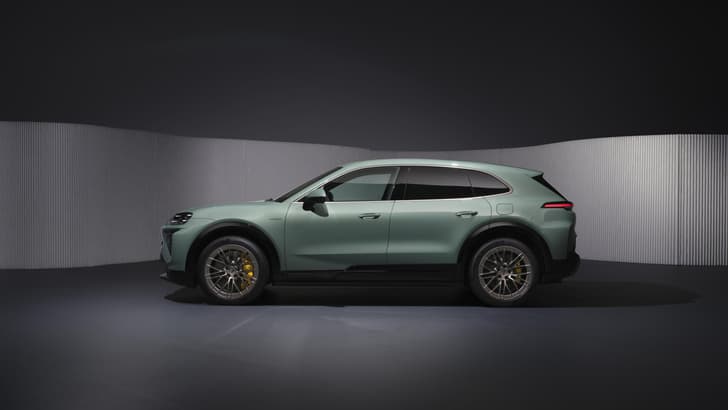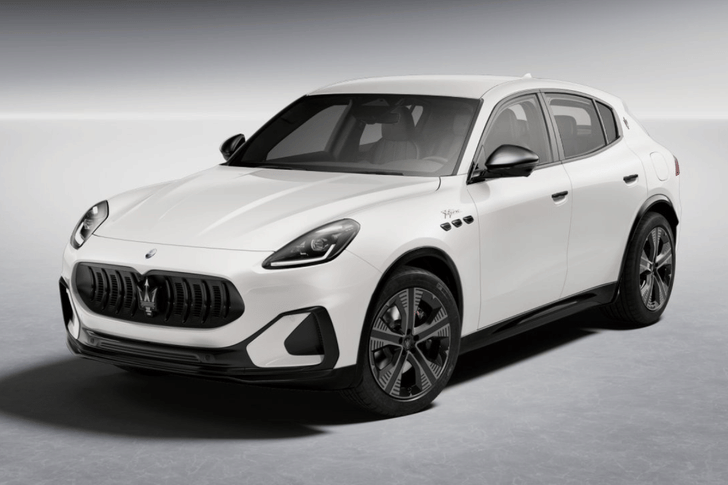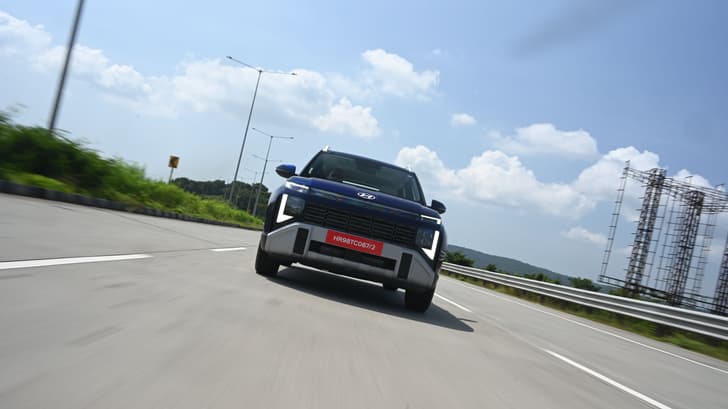Hyundai has made a comeback to the executive saloon segment with the new Elantra. After the less-than-lukewarm response to the old model years ago, the manufacturer has made sure the new one is generations ahead. And not just in terms of design and styling but also with features and mechanicals. Hyundai isn’t taking any chances with this tough segment and has put on offer two engines, two transmission options and seven variants. Prices range from Rs 12.51 lakh for the base manual petrol all the way to Rs 15.58 lakh, and this means there’s an Elantra variant positioned against everything from the Renault Fluence at the lower end of the segment to the Volkswagen Jetta at the top. And to top it off, Hyundai has included a lot of equipment in the base versions.
Hyundai’s new Fluidic design notches yet another success with the new Elantra. All the bulges and creases are well proportioned, and the Elantra looks fantastic from all angles. The nose resembles the smaller Verna. It looks very similar in profile too, and the strong shoulder line that rises from the front bumper to the tail-light looks sporty and purposeful. The tapering roofline flows into the chunky tail to add to the coupé-like effect. Neat creases and beautifully detailed tail-lights further embellish the Elantra’s style quotient. At 4530mm, it is the shortest car in its segment. But its 2700mm wheelbase is the longest in the class and this is crucial in a segment where rear-seat space is at least as important as in the front.
The Elantra’s interiors reflect the impressive design language as well. The door pads are well sculpted and so is the multi-layered dash, replete with ridges and curves that flow into the centre console. The steering wheel looks and feels great, while the instrumentation is clear and easy to read. Even the fit and finish is really good and the cabin will live up to D-segment buyers’ expectations. In some places however, Hyundai has gone a bit overboard with its styling and compromised function for form. This is most evident on the hourglass-shaped centre console, where the air-con and music system buttonsare scrunched up in a small area.
Thanks to the long wheelbase, there’s a lot of space on the inside. There’s plenty of legroom for rear seat passengers and the rear bench itself is comfortable, with good thigh support and a flattish floor. However, the seat-back is a bit too reclined and the swooping roofline eats into headroom. Also, the rising shoulder line impedes visibility from the back seat. The back seat is set on the low side, so getting in and out takes a bit more effort.
The front seats are supportive and wide, making even long journeys comfortable. The 10-way powered driver’s seat makes finding the perfect driving position easy too.
There’s been no cutting back on features – even the base variants get front airbags, ABS, parking sensors, dual-zone climate control, USB and aux-in ports for the audio system, electric mirror adjustment, Bluetooth connectivity and remote locking. Middle ‘S’ versions add a reversing camera, electric folding mirrors, and keyless entry and go. Top-end SX versions get cruise control, a powered driver’s seat, automatic headlamps, Vehicle Stability Management (VSM) and cooled front seats.
The Elantra comes with a fresh 1.8-litre, four-cylinder petrol engine. This twin-cam, four-valve-per-head motor is well specced and develops 148bhp at a peaky 6500rpm. Max torque comes at a high 4700rpm. The petrol Elantra is quite responsive off the line and has superb part-throttle response, very useful in slow-moving traffic. But use more than half-throttle and you instantly notice the lack of mid-range punch. Once past 4000rpm, the motor starts pulling well all the way to its 6800rpm redline, but it still isn’t a very effortless motor and you have to work it hard to make it perform. The 100kph mark is reached in a quick 10.45 seconds and in-gear acceleration is more than adequate as well. The gearshift has a long throw and, though light and easy to use, it isn’t as crisp as we would have liked. This new engine is very refined and is incredibly silent at low revs and idle.
We also drove the petrol car with the automatic gearbox, which works well most of the time, but felt a bit indecisive occasionally. You can opt to use the tip-tronic function to give you greater control over the gearbox and driving in this ‘manual’ mode is actually more pleasing. It is particularly good in stop-start traffic and has a nice spring in its step. Still, progress is quite unhurried and it’s best to drive it at a relaxed pace. It managed to set decent times, with 100kph coming up in 12.07 seconds and a top speed of 191kph, which is quite acceptable for an auto.
The diesel Elantra, on the other hand, uses the same 126bhp, variable-geometry turbo (VGT) engine as the Verna, but the overall gearing is shorter. So, despite the Elantra’s higher kerb weight, it is quicker off the line. It takes 10.2 seconds to reach 100kph and reaches its top speed of 191kph rather easily. The shorter gear ratios also help Elantra respond faster to taps on the throttle.
That said, there is a fair bit of turbo lag below 2000rpm and it’s best to downshift to keep the engine on the boil. City driving isn’t as effortless as we would have liked, as this small motor simply doesn’t have the low-end grunt of the Laura or Jetta. Once the turbo kicks in there is a strong surge and the Elantra picks up speed quite rapidly. In our 0-100kph tests, the Elantra managed to keep up with the more powerful Cruze and Jetta. Out on the highway, the strong mid-range makes the diesel an able cruiser. Since you’re usually in the meat of the powerband at cruising speeds, it responds quite well to throttle inputs to make overtaking easy and fairly effortless. The Elantra diesel’s relatively low gearing, however, doesn’t make cruising as relaxed as say in the Cruze or even the Jetta and it doesn’t have the broad torque spread of its 2.0-litre rivals. As a result, you use the six-speed gearbox a bit more frequently.
The lightness of the Elantra’s controls is immediately apparent and, clearly, like most Hyundais, this car too has been designed with ease of operation as a priority. The clutch pedal’s lack of resistance takes some getting used to, but the generously assisted electric power steering and the light gearshift make the Elantra an easy companion in the urban environment.
The Hyundai’s soft suspension deals well with speedbreakers and potholes, advantageous on Indian roads. But, as you pick up pace, the inconsistency in the damping becomes obvious. Over patchy roads, the Elantra’s rear tends to bob, especially when loaded. There is some body roll too. The light steering, which is a boon in the city, has an inconsistent feel around the straight-ahead position, and there’s an unevenness in the assistance that can be disconcerting. The diesel has noticeably stiffer damping in the front and gives a more secure feeling. Turn-in is sharper and the car doesn’t get as unsettled over bumps. It must be said that the Elantra in general handles and rides much better than the Hyundais we are used to. The Elantra doesn’t have the ultimate stability or sheer body controls of the Europeans and there’s always an unsettled edge to it when you’re going fast. The brakes could be better too; despite having discs at all four corners, they don’t have the bite or feel we have come to expect from cars like these.
The Elantra’s relatively light weight has a big role to play here. In the city cycle, the petrol manual delivered 9.8kpl and the diesel manual managed 12.8kpl. The Elantra’s smaller 1.6-litre diesel gave us an impressive 17kpl on the highway despite its short gearing. The petrol car too wasn’t bad at 14kpl. We had the petrol automatic for too short a time to evaluate its fuel efficiency.






